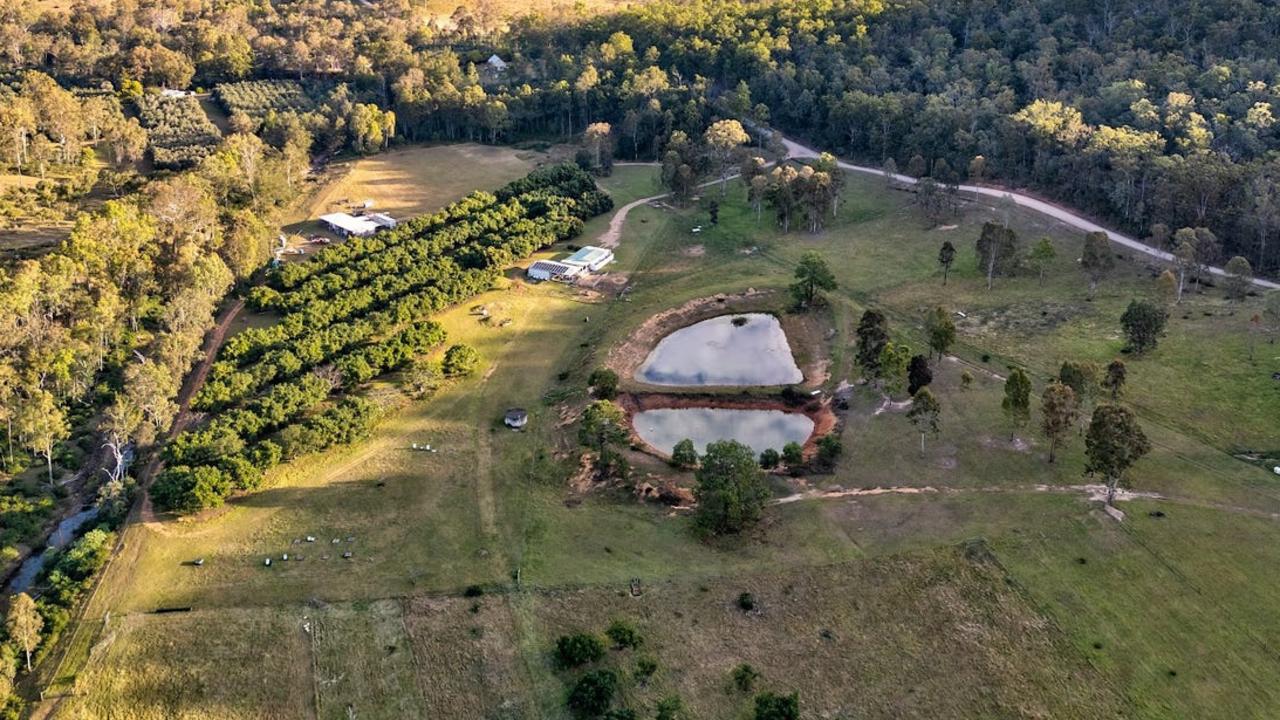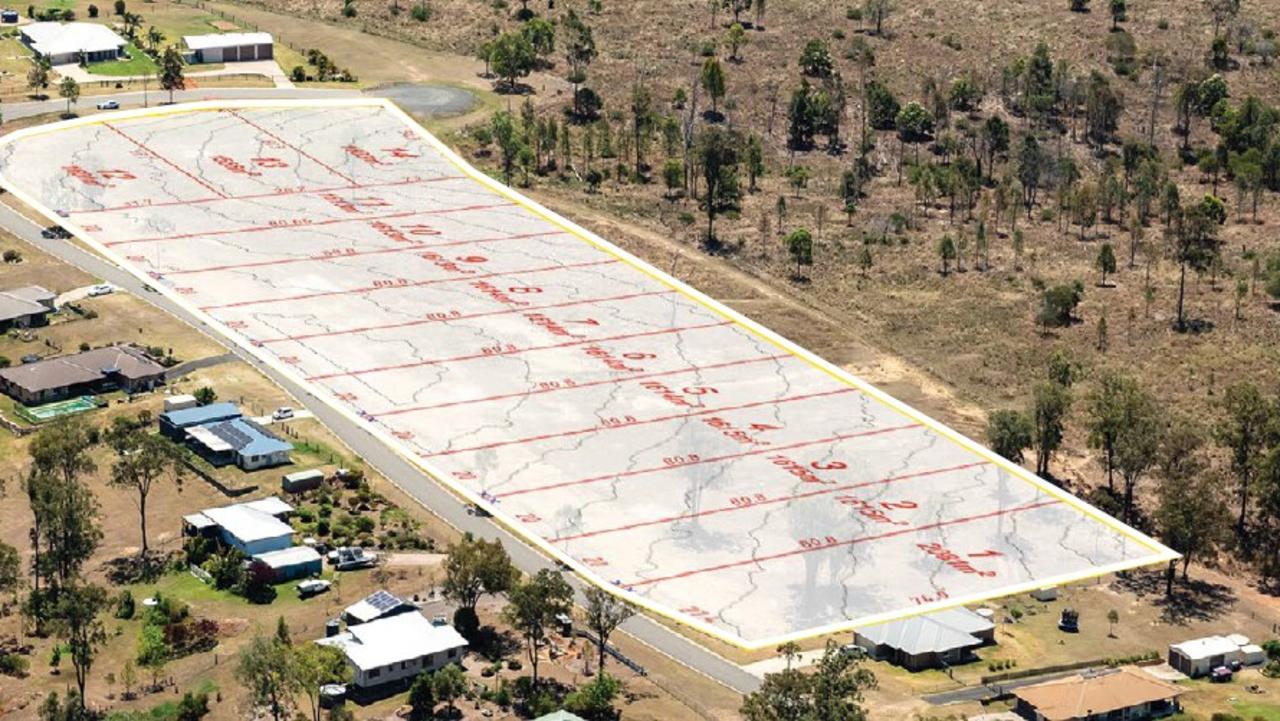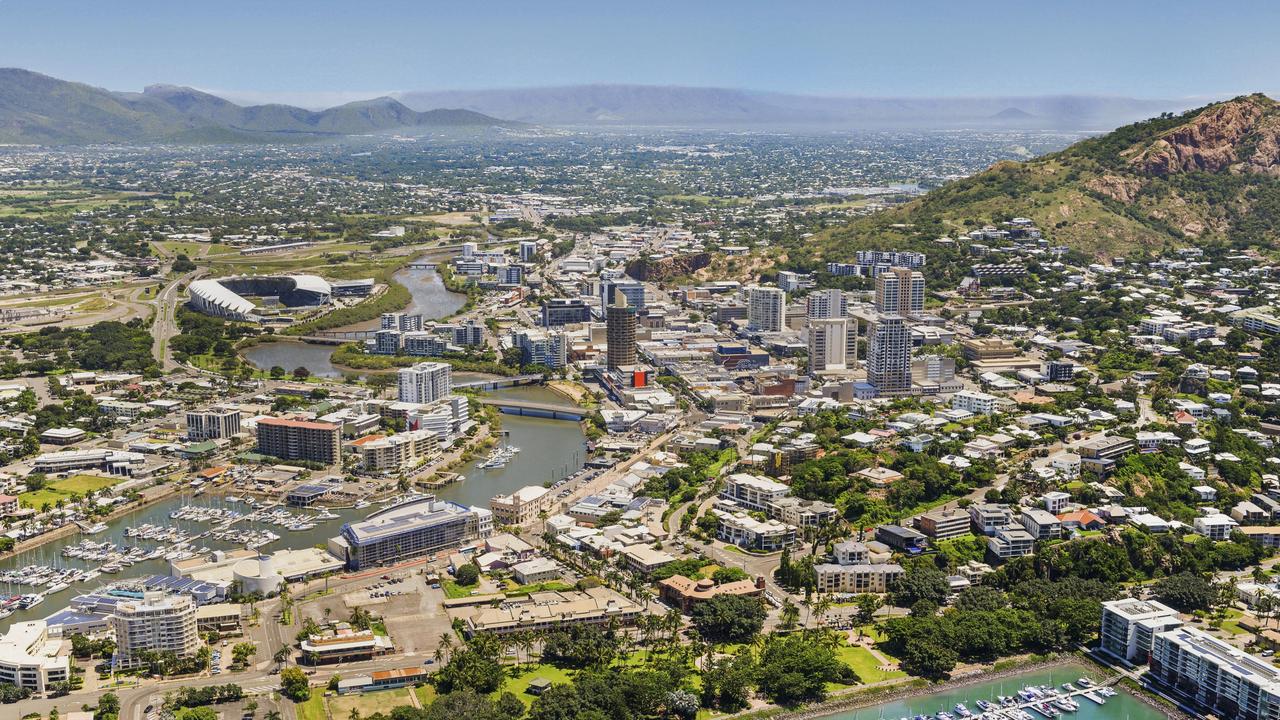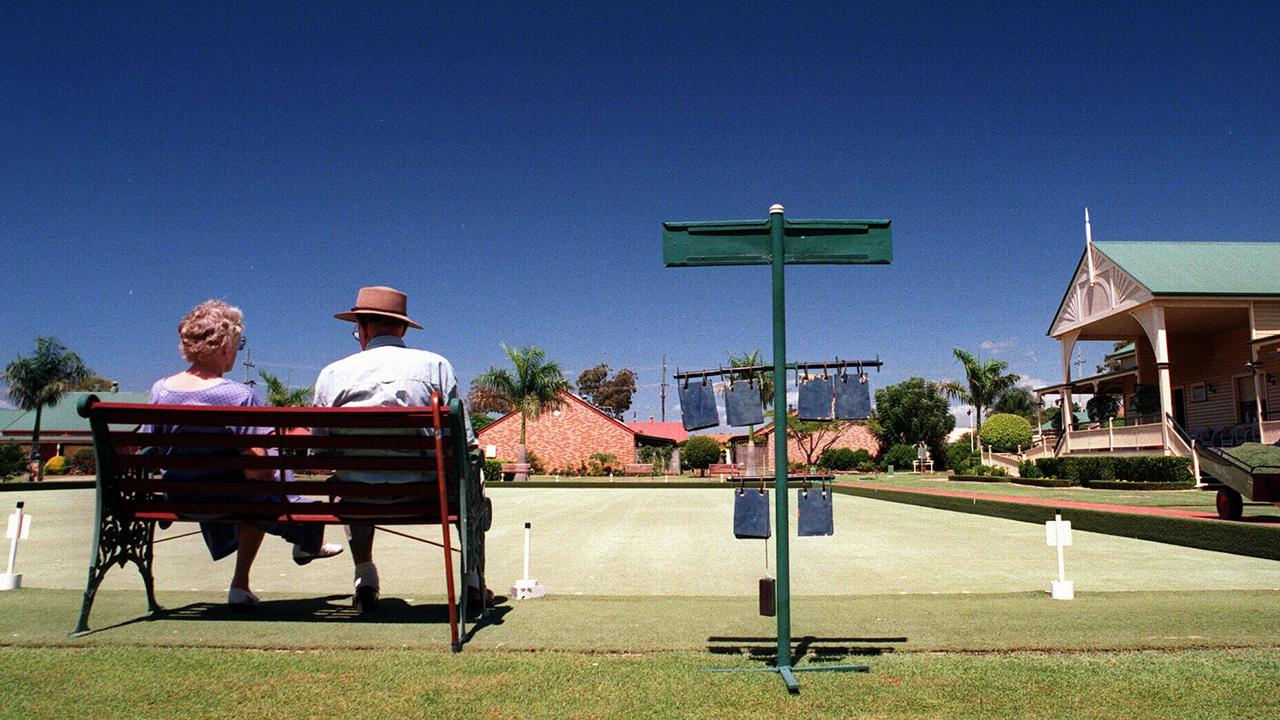The real reasons for property prices on Sunshine Coast
OPENING up more land for urban development can only be justified if the State Government identifies a reversal in the declining interstate migration rate.
Property
Don't miss out on the headlines from Property. Followed categories will be added to My News.
OPENING up more land for urban development can only be justified if the State Government identifies a reversal in the declining interstate migration rate, an increase in wages and the return of a strong stock market.
That's the view of Local Government of Queensland chief executive Greg Hallam.
Mr Hallam was commenting on the findings of the LGAQ-commissioned Econometric Analysis of SEQ Dwelling Prices report by the AEC Group, which has identified the unique set of factors that drive demand and property prices in key local government areas.
He said, if anything, the current oversupply of land was suppressing prices.
The Sunshine Coast, which has the most concentrated broad acre ownership in South-East Queensland, provides an example of how developers restrain the release of new lots until they see the rise.
"The rate of release is determined by price," Mr Hallam said.
"What we hear often is that there is a land shortage. That may be true for small to medium developers, but that's not to say there is not enough land.
"There is enough but 70% is held by two or three major national companies.''
He said Premier Annastacia Palaszczuk and Planning Minister Jackie Trad should only expand the SEQ Regional Plan urban footprint if they foresee major changes in interstate migration to Queensland, wages and the share market.
"If not we are well supplied, or over supplied," Mr Hallam said.
The report's principal author, economist Simon Smith of the AEC Group Ltd, said its key message was that different markets were influenced by different factors.
"You can't draw conclusions about the market in general based on what is happening in Brisbane or Sydney," he said.
The fluctuating nature of the Sunshine Coast economy with its dependence on the construction industry affects entry and upgrade level purchasing decisions in the stand-alone home market which is more sensitive to the unemployment rate than it is to price.
The unit market, however, is most influenced by the state of the All Ordinaries Index and real interest rates as people make decisions about alternative investments.
"The response of real prices of two and three bedroom units on the Sunshine Coast are consistently significant to movements in the All Ordinaries index (inelastic)," the report found.
"The price decrease is estimated at around 4% as result of a 1% increase in the index.
"This response is closest to that of Gold Coast two bedroom units.
"Similar to the case of houses, the unemployment rate has a consistent and significant effect on prices of 0.86% and 1% for two and three bedroom units, respectively.
"The real loan rate has a small but significant effect on two-bedroom units (0.04% decrease).
"The effect is twice as large as that found for two-bedroom units in Brisbane.
"Real land prices per sqm in the Sunshine Coast respond significantly to changes in the All Ordinaries index, the real loan rate and the unemployment rate.
"In all cases these are negative.
"The response to a 1% increase in the All Ordinaries index is 0.54%; it is 0.04% to a 1% increase in the real loan rate and 1% to an increase of 1% in the unemployment rate.
"These results are closer to those found for the Gold Coast."
Originally published as The real reasons for property prices on Sunshine Coast






